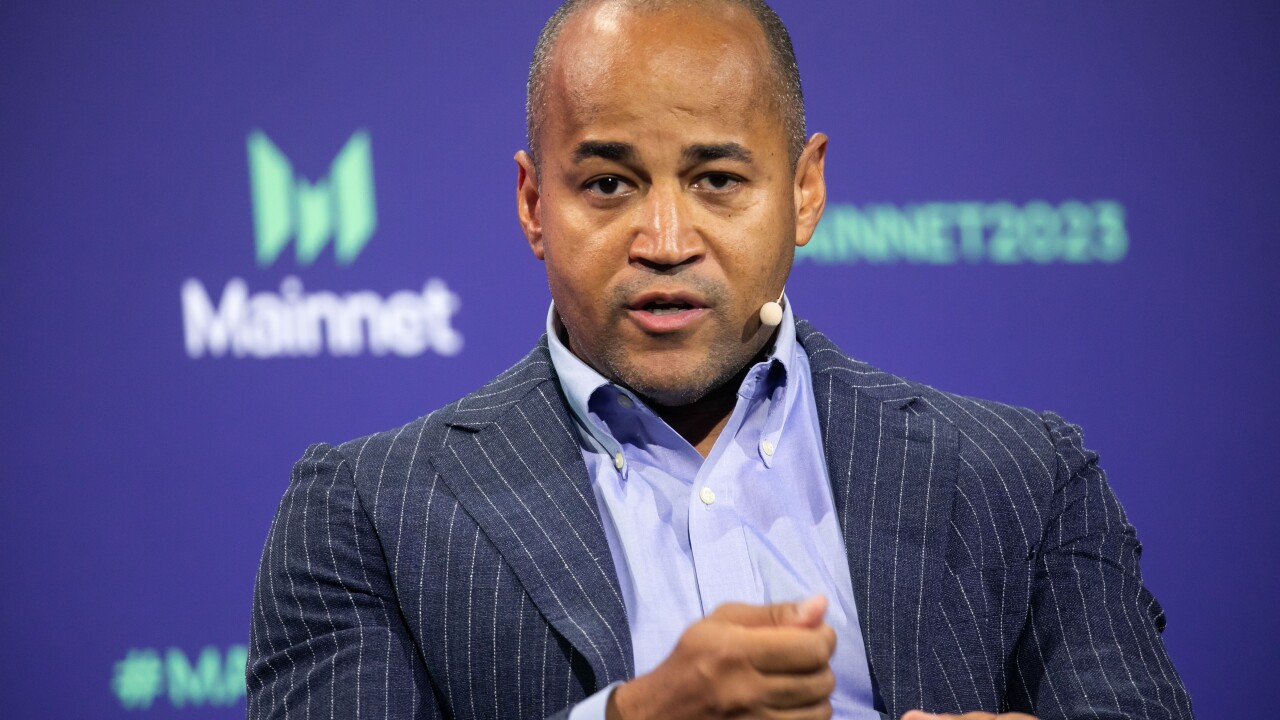Want unlimited access to top ideas and insights?
Perhaps the only thing more surprising than hearing credit unions praise a program from the Consumer Financial Protection Bureau is the extent of the praise.
For Kayce Bell, chief development officer at Alabama Credit Union, one of the biggest benefits to the bureau's "
The CFPB launched “Your Money, Your Goals” in 2014 after a year of field testing. The initiative was put in place as a way to better equip frontline social services staff with financial empowerment teaching skills. And while plenty of changes are likely in store for the CFPB in the wake of

“It’s been designed to facilitate one-on-one conversations,” explained Patty Avery, a CFPB financial empowerment program specialist. “Each year we engage a new cohort of organizations. We always learn from them.”
To date, the organization has trained more than 19,000 frontline staff and volunteers, and credit unions have been a part of that training.
One of the focuses behind the program is ensuring that it is both compliant and adaptable for users. If Bell wants to change wording or add in material of her own, all she has to do is attribute the CFPB in her presentation.
“It’s highly adaptable,” said Avery. “It’s up to you how you use it and when you use it. You make it yours because you know your community.”
Bell has found tools like budgeting and cash flow analysis to be the most helpful.

“You’ve got to know how you’re going to pay for a new washer or dryer or carpet,” she said. “Your existent spending or income plan has to accommodate.”
Karen Smith, the director of outreach services for Montana Credit Unions for Community Development, said the cash flow analysis tools help members see where their money is going. “I think just the assessment itself — just to have somebody sit down and do that assessment — helps them keep their savings on track,” Smith said.
For all the complaints many CUs have about the CFPB, Bell had one bit of praise: its website for the financial literacy program, she said, is better than many vendors offering similar products. “They have the ability to create some really nice web content with animation or videos or slide decks that make these materials more engaging.”
Smith uses Your Money, Your Goals to build out a referral program for CUs. The Montana league invites partners and credit unions to participate in training sessions.
“Those partners can then tell customers, ‘You should really go talk to A-B-C credit union; They’re going to help you get on top with your debt,’” Smith said.
Smith said “Your Money, Your Goals” is one of the better financial literacy curriculums she has seen during her 14-year tenure at the league. The toolkit approach in particular, she noted, allows trainers to use the most relevant modules.
“It’s not ‘Start at the front and work your way through,’” Smith said. “If there’s an issue managing their debt, you can jump into that area, pull some useful tools and help them manage their debt situation.”
Jill Carlson, director of training and community relations at MidMinnesota Federal Credit Union, feels that the program encourages trainers to empower members to make their own financial decisions.
“I don’t think it’s myself or the case worker telling them what to do,” she said. “It’s a partnership that way … It’s more like what are your expenses, income and let’s do the plus and minus.”





